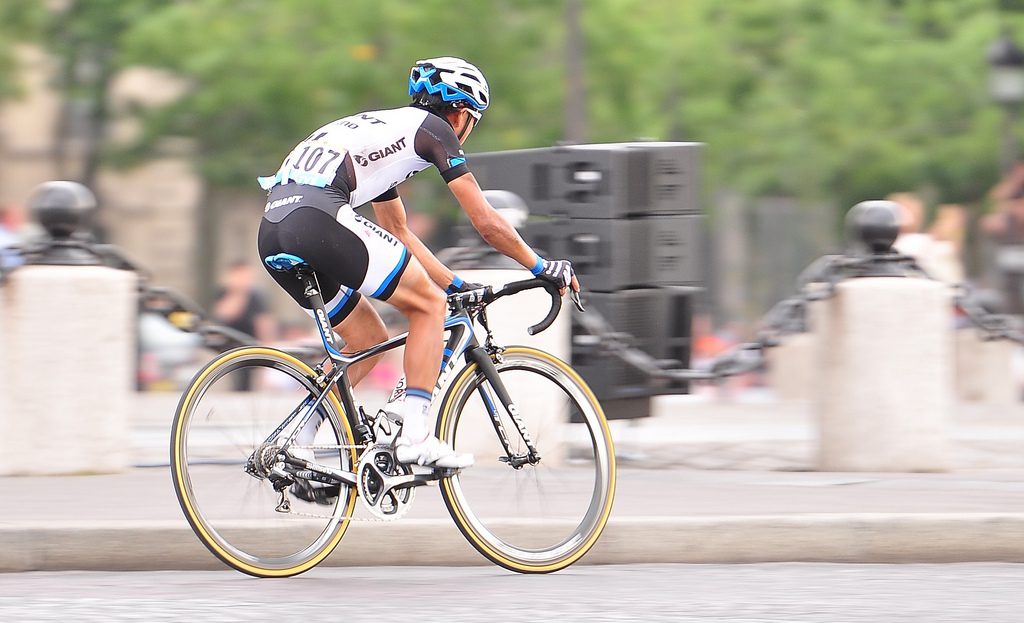Preparing for your multi-day challenge: Get your body ready for long cycling events

by Stephen Cheung

An elite swimming coach I know has a very wise training philosophy: “the winner is the one who slows down the least.” Look at the top stage racers. What really sets them apart from the Classics stars, who leave it all out on the road and tomorrow be damned? The real difference is the stage racer’s ability to recover and perform at or near his peak day after day.
The ability to recover is a genetic gift in the same way as a high aerobic capacity may be. But there are specific training strategies that get your body ready for riding fast and strong over multiple days for a charity ride, a mountain bike festival or even a big cycling holiday.
Go long
One of the thrills of a cycling adventure is a lot of time on the bike. You will want to replicate that extended saddle time in training. These long rides are the staple of professional racers in the off-season, especially at training camps in which they will ride for five or more hours each day to build up their endurance.
The focus is not necessarily on having a really hard and intense workout, but simply putting in long hours at a fairly moderate pace. You’re trying to tax yourself by slowly draining your endurance, not by hammering hard and coming home exhausted because of the intensity. You gain in multiple ways from doing a long ride in training. For example, you force your heart and blood vessels to
become more efficient at delivering oxygen to the muscles. Within your muscles, your aerobic system and its ability to burn fat and deliver high rates of energy becomes optimized.
You also get to practise eating and drinking strategies for your big ride, as your carbohydrate stores will become gradually depleted as a ride extends beyond three hours. You will have to eat and drink or risk bonking from low blood sugar. Lastly, you develop the mental confidence (and the tough butt!) that allows you to handle the big ride.
Ideally, such long rides should be done at least once a month. If you suddenly find yourself with a lot of free time to ride one week, consider one or more long steady rides rather than many hard rides. In this case, quantity, in miles, is quality.
Go back to back
The other major modification to work into your training schedule is to plan a few days – minimum two but ideally three – during which you plan big rides back to back. “Big” can involve either really hard rides or really long rides; the important thing is to really stress yourself one day and then practise getting ready to do it all over again the next day.
The stress of back-to-back hard rides teaches your body to regenerate your depleted carbohydrate stores more rapidly. After the rides, you can try out different recovery strategies. Discover what works by testing out different recovery drinks or foods, and technological aids, such as compression socks and tights.
The adaptations to your body from repeated hard workouts take time, so it is important to plan these at least two to three weeks ahead of your big event. If you do, you might find yourself in such good shape, you’ll be wishing your big event lasted another few days.
